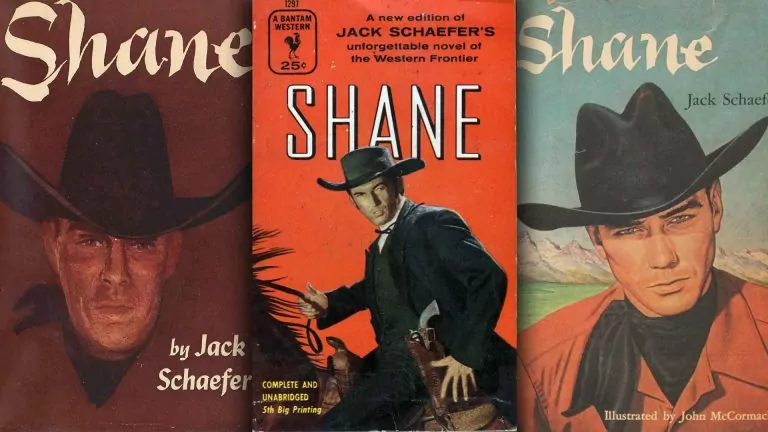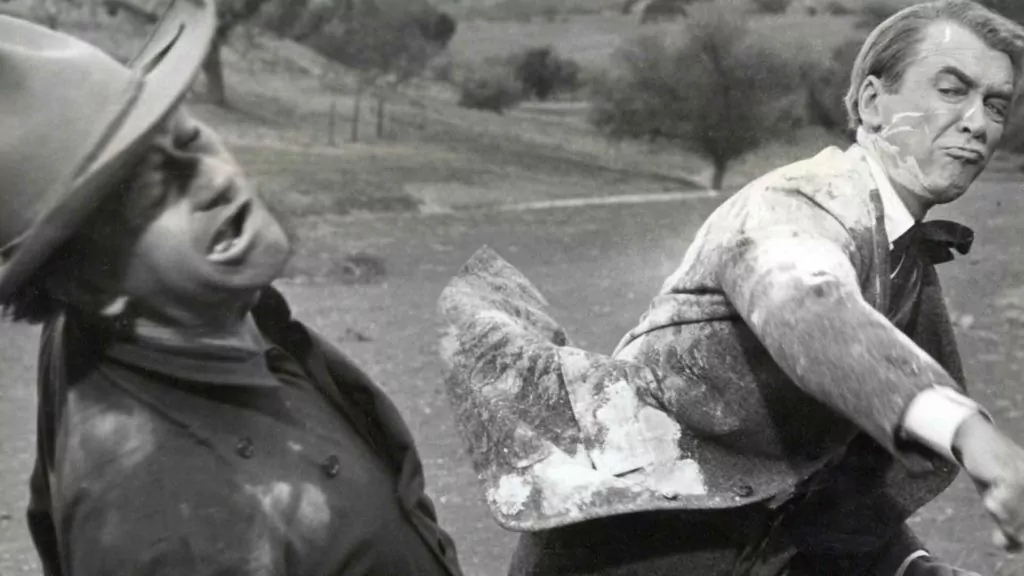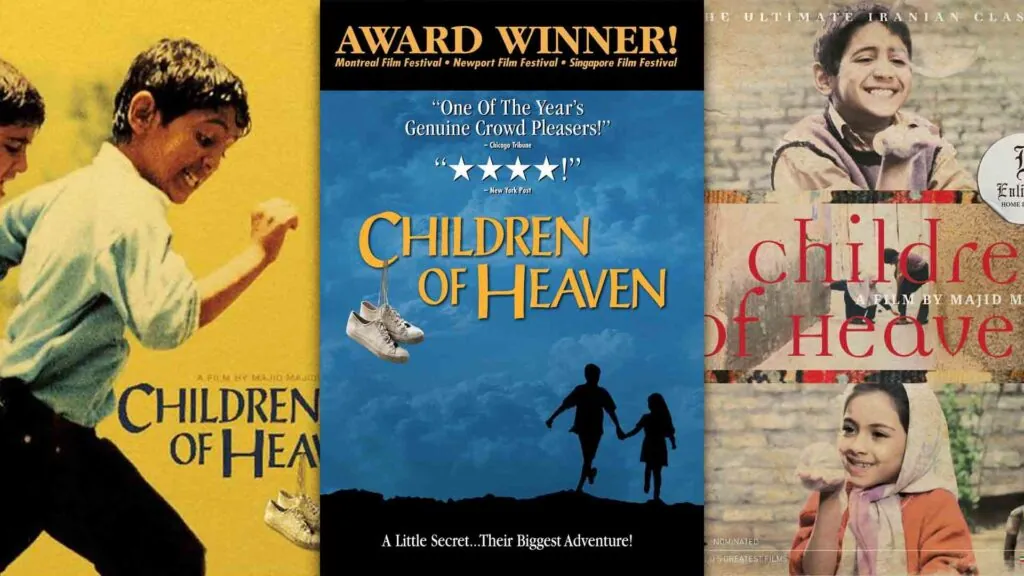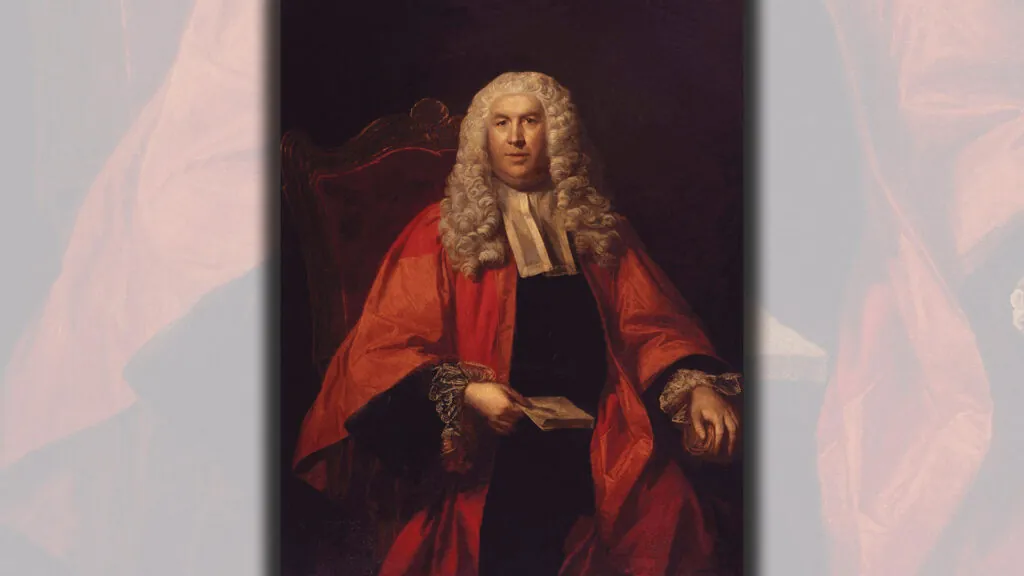by Jack Schaefer
1949 / 176 pages
Sometimes I reread children’s literature because I enjoy being captured again by the quality of writing and the stir of imagination. I read Laura Ingalls Wilder alongside every Louis L’Amour western in my junior high library. Not one librarian said I couldn’t read them because I was a girl, and thankfully, those same librarians pointed me next to Zane Grey. At age 13 and 14, these westerns were deep to me, even if I did recognize the plot patterns. I loved them. Action, mystery, rescue, the setting sun, the lonely West, and often, a misunderstood man.
In the same vein, Jack Schaefer’s very first novel creates a story that’s even more impactful. Shane(1949) began as a short story that was serialized in three parts in Argosy magazine in the late 40s. First titled “Rider from Nowhere,” it wasn’t intended for young children, though it’s certainly suitable. Through the eyes of a child narrator and from his opening description, Schaefer crafts a deeper cowboy character than most, perhaps because we witness Shane’s moral choices and his influence upon an entire family.
Dressed with a “hint of men and manners,” Shane mysteriously arrives in the Wyoming valley alone on his horse. I know, I know. It begins like a cliche to our adult eyes. And yes, we soon find out that a few homesteaders are holding out against one greedy rancher. It may seem predictable to an experienced reader but that is not the case for young hearts able to view historical realism with wonder. The appeal is simple.
Yet here is where the story veers because Schaefer shows us, rather than tells us, who Shane is as he meets and is hired by homesteader Joe Starrett. Shane carries a chill with him yet is careful of his dress. He’s not large yet he’s wiry and powerful. Within the first day of working for Joe, Shane’s presence alone dissuades the local peddler from cheating Joe. Young Bob shares, “You felt without knowing how that each teetering second could bring a burst of indescribable deadliness…a strange wildness.” Even with an aloof nature, Shane begins a friendship with Bob, sharing chores and sharing wisdom like “What a man knows isn’t important. It’s what he is that counts.”
But there are moments when the mystery of who Shane is overshadows his behavior. When he shows Bob how to hold and aim a pistol, a fierce moment of memory hits and Shane freezes, his face described as a “gash.” Bob has to say his name several times to break the hold of the past. Many times, Schaefer describes how Bob recognizes there’s more to Shane, yet Bob, and yes the reader, never learn enough.
The story unfolds, tensions rise, and the homesteaders must choose to fight the manipulative mob boss of a rancher. More than once, Bob must watch Shane fight to right a wrong. He sees, and we see, “the flowing brute beauty of line and power in action” as Shane overpowers the rancher’s men. By story’s end, we want more.
Schaefer has furrowed our curiosity to a point where we love Shane as much as Bob and his family do, yet we all remain caught in the unknown of who he is and who he was. It remains a true mystery and begs us as readers to ponder, to resolve, to discuss not only who Shane was but also who we are.
Christine Norvell blogs at ChristineNorvell.com where a version of this review first appeared.












